Category: Plants & Animals
-
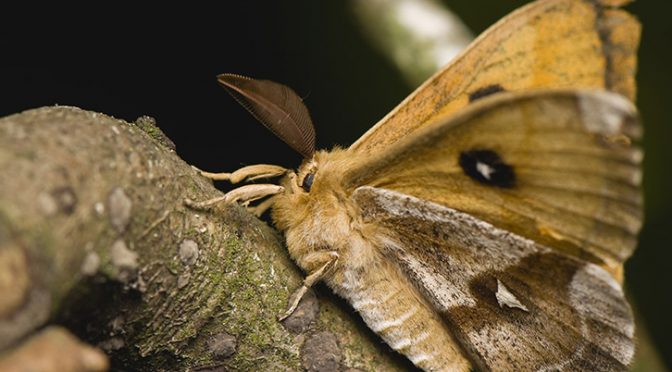
Wildfires Are Followed By Increased Wildflowers. But What Becomes Of Pollinators?
In total, moths carried the pollen of over 80% of flowering plant species in the study area. However, the total amount of pollen transported by moths was five times lower at burned sites, suggesting that more frequent wildfires may disrupt night-time pollination and increase the risk of extinction of these key species. (Click on title…
-
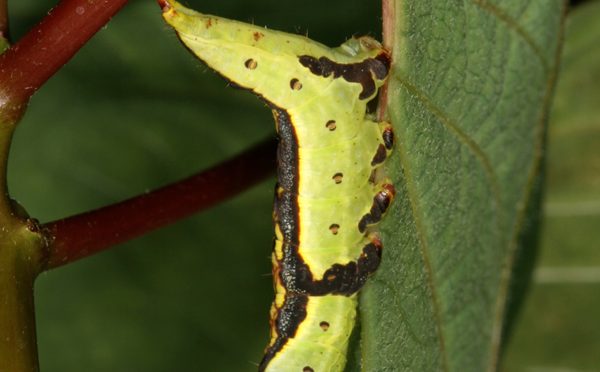
This Little Caterpillar Uses A Multi-Part Strategy (Involving Behavior And Chemistry ) To Overcome Plants’ Defenses
Whether an herbivore can feed on a particular plant species is determined not just by the array of defenses present in the plant, but also by the herbivore’s ability to tolerate, circumvent, or deactivate the defenses [11, 57]. Biochemical adaptations for metabolizing and excreting allelochemicals, for preventing uptake, or for sequestering them in safe repositories…
-
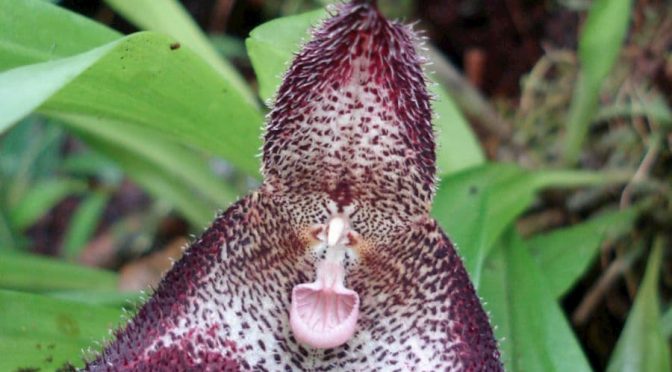
Orchids May Mimic Other Organisms To Attract Pollinators. Some Orchids Even Provide Needed Services, Replacing The Original Target Organism
The findings show that for orchids mimicry isn’t all about deception. While Dracula orchids are mimicking mushrooms, they’re also able to provide rewards for some partners. It’s perhaps no surprise that, in a place where you find such a diversity of life, you should also find a diversities of tactics dealing with other organisms. (Click…
-

Aquatic Weeds May Hold Clue To Early Humans’ Brain Development (“Eat Your Vegetables!”)
Evolutionary scenarios align major developments of human evolution with environmental conditions of coastal areas offering a diet that triggered encephalization in hominins. The results of our study suggest that this need for dietary iodine would not have prevented ancestral hominins from invading continental forest habitats and that consumption of aquatic herbs could have contributed to…
-
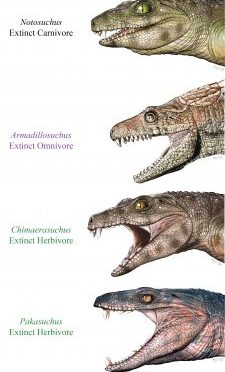
Some Of Those Frightening Looking Extinct Crocodilians Were Vegetarians
“Our work demonstrates that extinct crocodyliforms had an incredibly varied diet, Some were similar to living crocodylians and were primarily carnivorous, others were omnivores and still others likely specialized in plants. The herbivores lived on different continents at different times, some alongside mammals and mammal relatives, and others did not. This suggests that an herbivorous…
-

A Sea Slug, An Alga And A Bacteria And Their Three-Way Relationship
Delicate yet voracious, the sea slug Elysia rufescens grazes cow-like on bright green tufts of algae, rooting around to find the choicest bits. But this inch-long marine mollusk gains not only a tasty meal — it also slurps up the algae’s defensive chemicals, which the slug can then deploy against its own predators. (Click on…
-
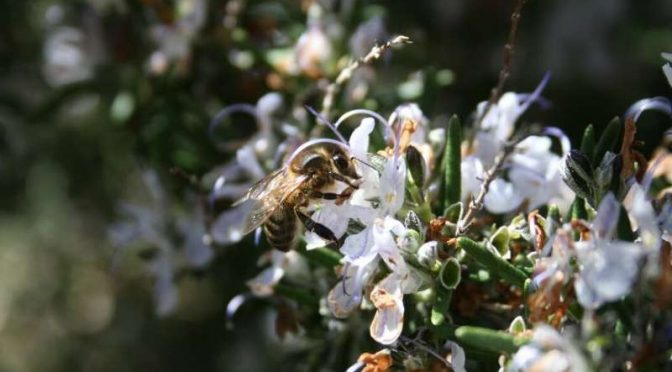
Climate Change Messes With Floral Scents. And That Messes With Pollinators.
In their search for food, pollinators rely on visual signals (the colour and number of flowers) as well as olfactory cues—that is, floral scent. A bee is able to remember a fragrance and associate it with the resources provided by a given plant. Using memory, it is even capable of distinguishing between the scents of…
-
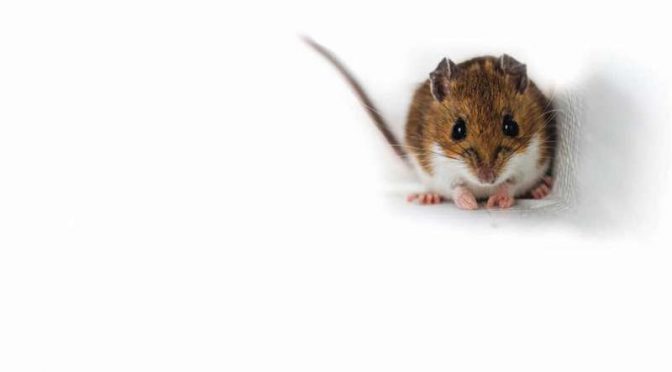
Are You A Bold One? Small Mammals’ Personalities Shape Forests
Another aspect of the project relates to how individuals with different personality types make decisions in front of seeds and how those decisions affect the composition of Maine’s forests. (Click on title for full story.)
-
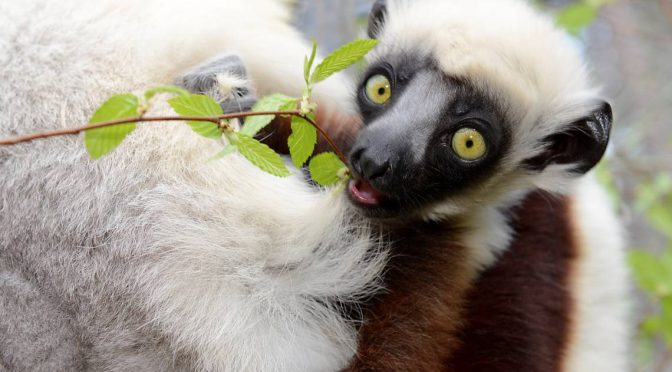
Why Some Lemur Species Can Adapt To New Forest Habitats And Some Species Cannot
The stool samples revealed striking differences. The fruit-eating brown lemurs harbored similar collections of gut microbes regardless of where they lived on the island. But the microbial makeup inside the guts of the leaf-eating sifakas varied from place to place, and in ways that couldn’t be attributed to genetic relatedness between lemur species. Instead, what…
-
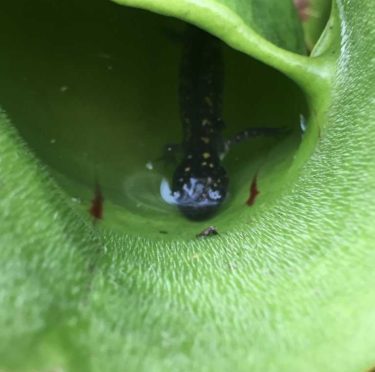
Salamanders Are Not Safe From Carnivorous Pitcher Plants
Pitcher plants growing in wetlands across Canada have long been known to eat creatures – mostly insects and spiders — that fall into their bell-shaped leaves and decompose in rainwater collected there. But until now, no one had reported this salamander species caught by a pitcher plant in North America, (Click on title for full…
